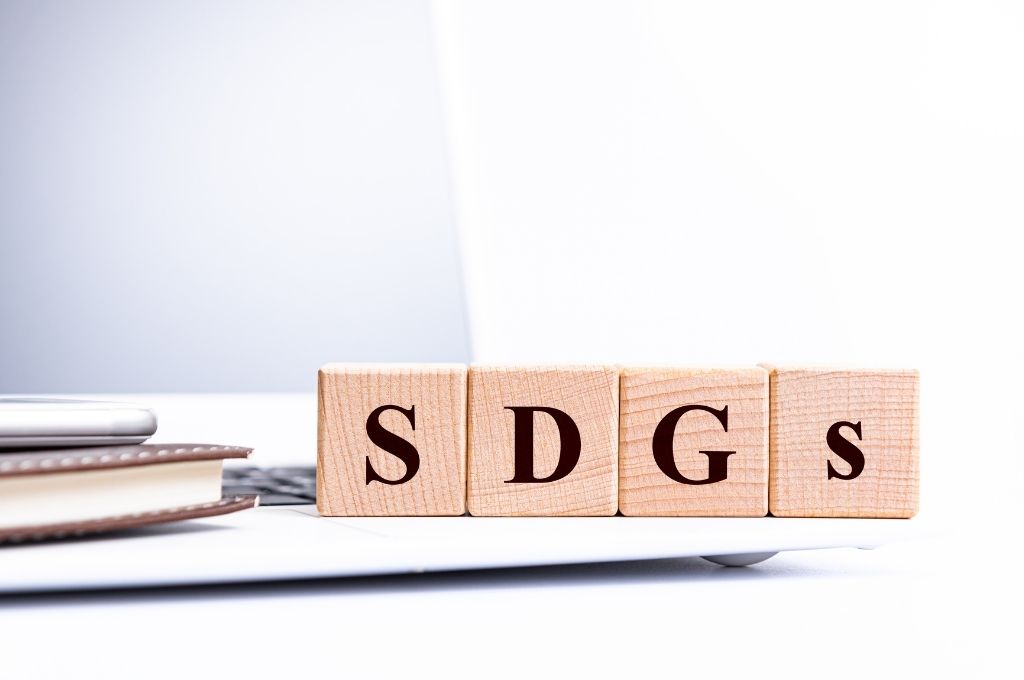Big Data To Help The SDGs

Millions of data are created every second, such as collected by intelligent devices scattered around the city or the fingerprint left by each user while browsing the internet. Thanks to this big data’s processing and analysis systems ( big data ), it is possible to extract valuable and actionable information to apply it to sustainable development.
The United Nations Global Pulse project proposes ways to apply data science to each of the Sustainable Development Goals (SDGs) in this infographic. For instance:
- Tracking the movements of mobile users can help fight disease (SDG 3). We have experienced a current example during the COVID-19 pandemic.
- Analyzing consumption patterns can reveal gender differences (SDG 5) in situations of economic crisis.
- Controlling lighting or water flow can save public spending on street lights and fountains (SDG 7), allowing reinvesting resources in other infrastructure.
- Using GPS information can improve the use of public transport and traffic control (SDG 9), as is already being done in intelligent cities
- Studying the emotions shown in social networks can help better understand public opinion (SDG 16) and thus build more robust institutions.
The 17 SDGs impact globally, although it is still a challenge for the United Nations to achieve global policies. Each country, city, or company, public or private, can act in its environment and use big data to its advantage. In addition to launching sustainable initiatives, it is also necessary to monitor their execution to meet the goals in time for 2030.
Each sustainability policy, whether of companies or public institutions, has its nuances because it adapts to the reality of each one of them and their different starting points. The data helps evaluate the changes that are taking place and predict those that could occur if other measures were implemented.
Also Read: Online Training, Past, Present, And Future




